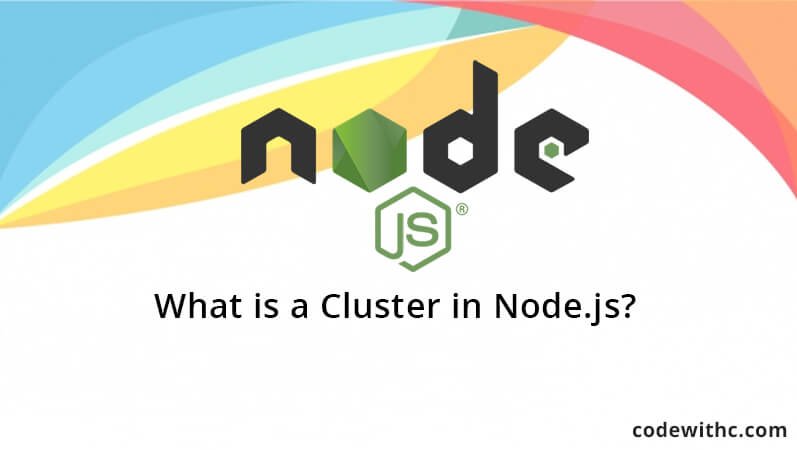A cluster in Node.js is a pool of comparative laborers running under a single parent Node process. Laborers are produced by use of the fork strategy for the child processes module. This implies that specialists can share the same server handles and utilize Inter-process communication to interact with the parent Node.
The master process is accountable for controlling and initiating workers. You can make a subjective number of laborers in your master process. Additionally, remember that naturally approaching connections are dispersed in a round-robin approach among laborers (aside from in Windows). Node.js documentation proposes utilizing the default round-robin approach as scheduling strategy.
In spite of the fact that utilizing a cluster module appears complex theoretically, it is exceptionally simple to execute. To begin utilizing the cluster module, you need to incorporate it in the Node.js application:
A cluster module allows the execution of the same Node.js several times. In this way, the primary thing you have to do is to recognize what part of the code is for the master procedure and what segment is for the laborer processes. The cluster module permits you to distinguish the master process by the code:
if(cluster.isMaster) { ... }
The process you initiate is the master process, which thusly initializes the laborers. To initiate a worker process within a master process, we make use of the fork method. This strategy returns a laborer object that contains a few properties and methods about the forked laborer.
The cluster module usually has several events. Two regular occasions identified with the begin’ and termination of laborers is the online and exit events. Online is radiated when the laborer is forked and sends the online message. The exit is radiated when a laborer process dies.
So what action do you take when at least one of the worker dies? The general purpose of clustering is fundamentally lost on the off chance that you can’t restart workers the moment they crash. Fortunate for you the bunch module expands EventEmitter and gives an “exit” event, which reveals to you when one of your child processes dies.
[vc_row][vc_column][td_block_21 separator=”” tag_slug=”node-js” limit=”40″ tdc_css=””][/vc_column][/vc_row]







